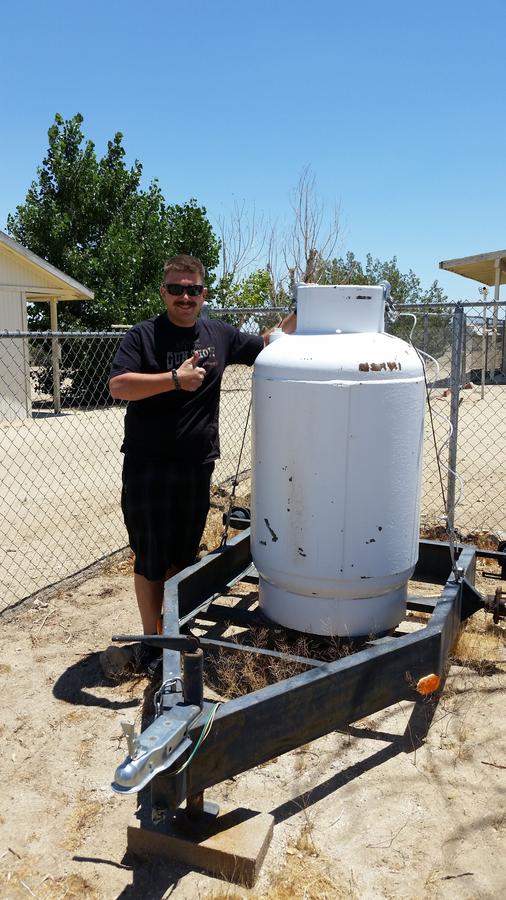- Jun 4, 2015
- 5
- 10
Hello Everyone,
Long time observer first time poster... I am just about to start the journey of building a smoker using a 120 gallon propane tank. I have been looking at multiple builds using a similar size tank and noticed that most of them are a reverse flow rather than traditional offset. I was just curious as the reason behind this? I was planning on making this trailer smoker a traditional offset. Any feedback would be greatly appreciated.
Long time observer first time poster... I am just about to start the journey of building a smoker using a 120 gallon propane tank. I have been looking at multiple builds using a similar size tank and noticed that most of them are a reverse flow rather than traditional offset. I was just curious as the reason behind this? I was planning on making this trailer smoker a traditional offset. Any feedback would be greatly appreciated.





